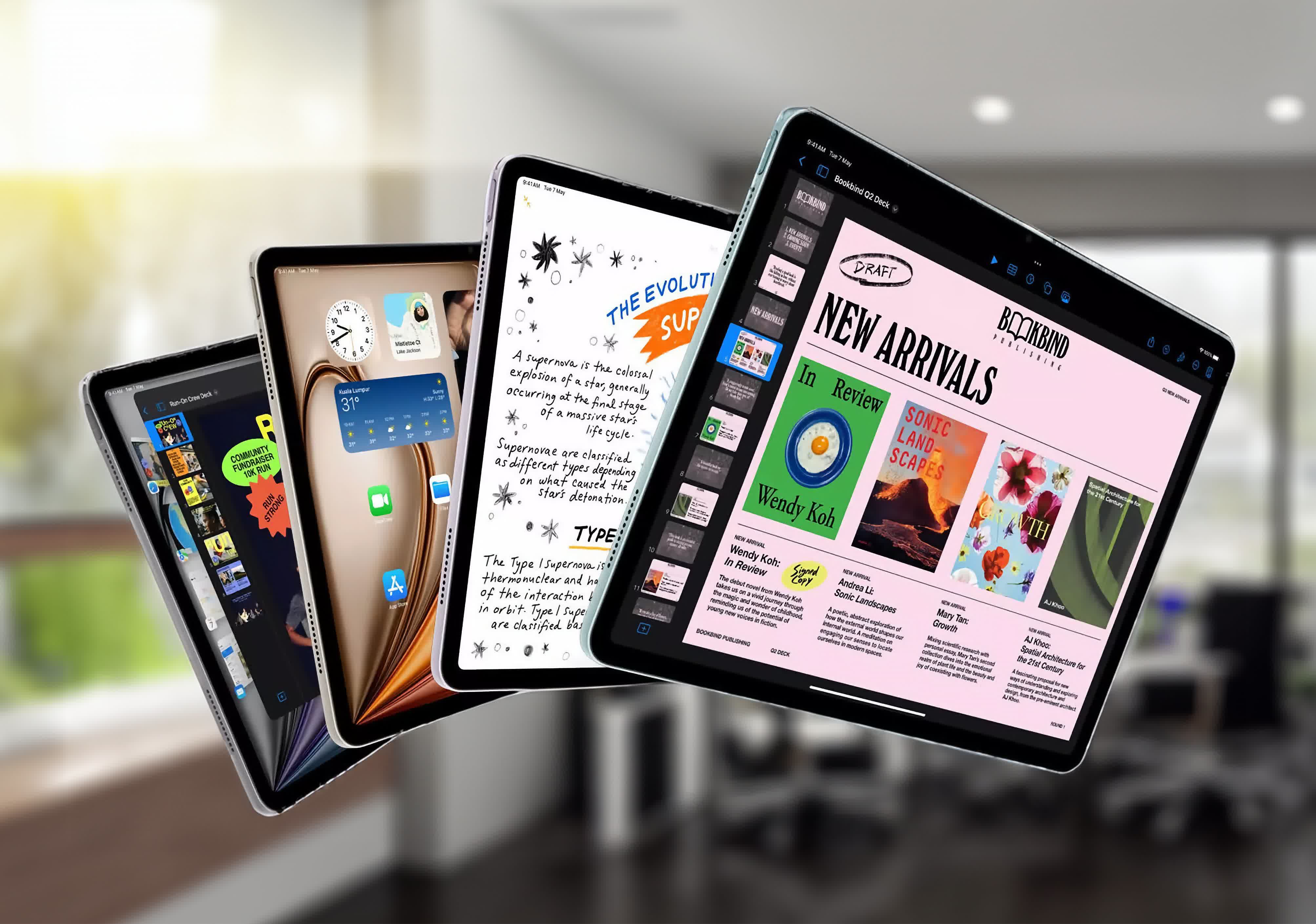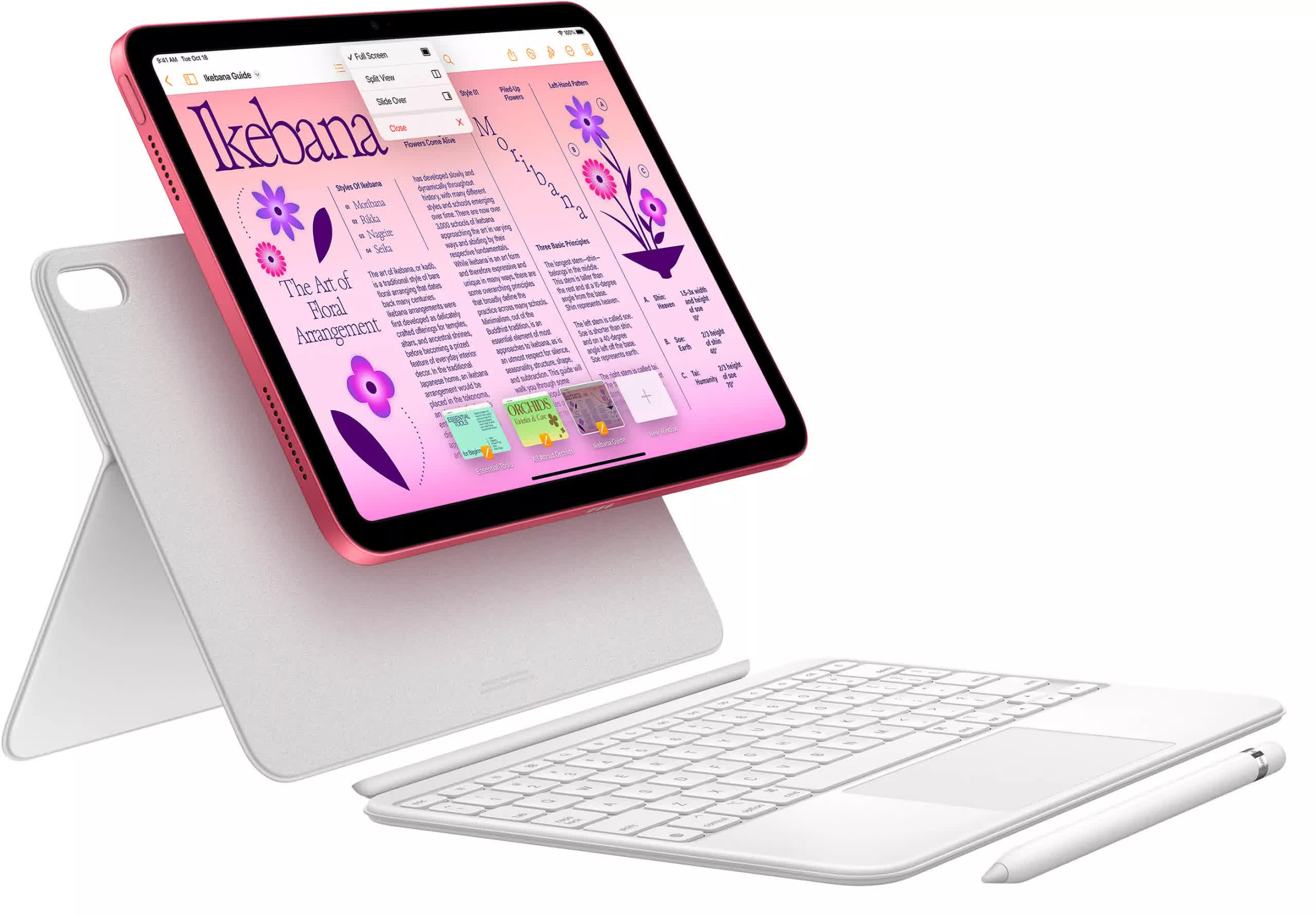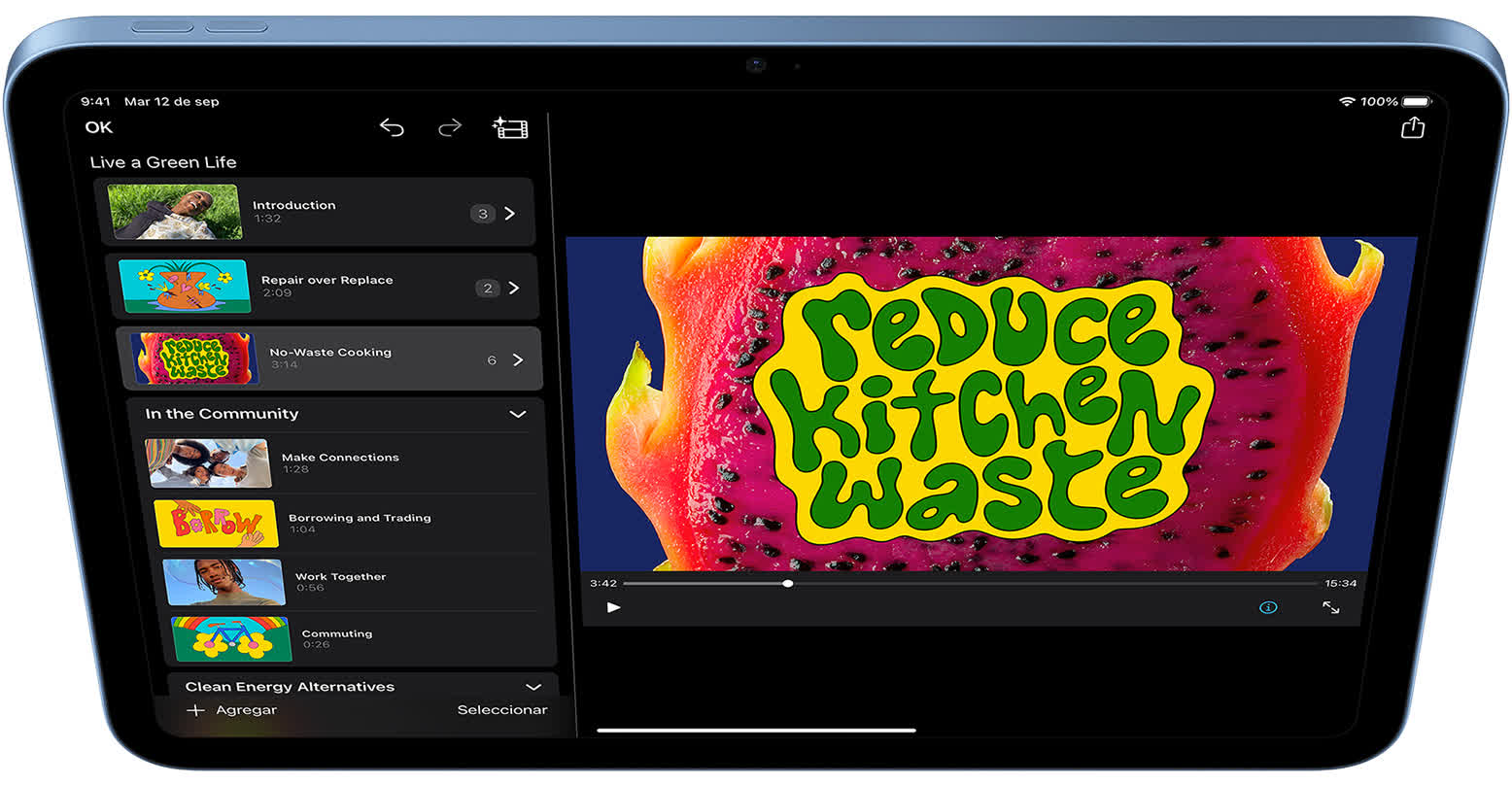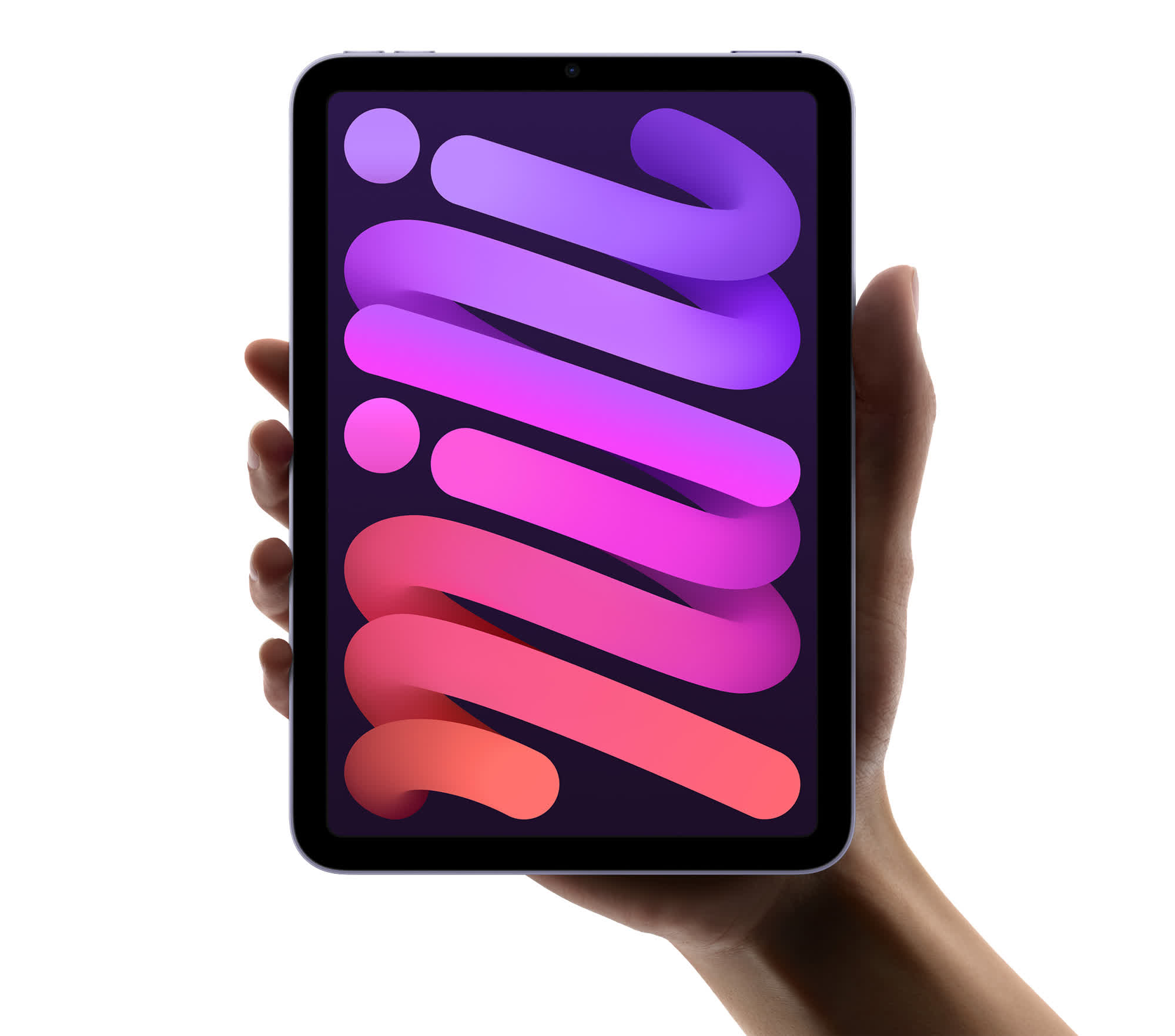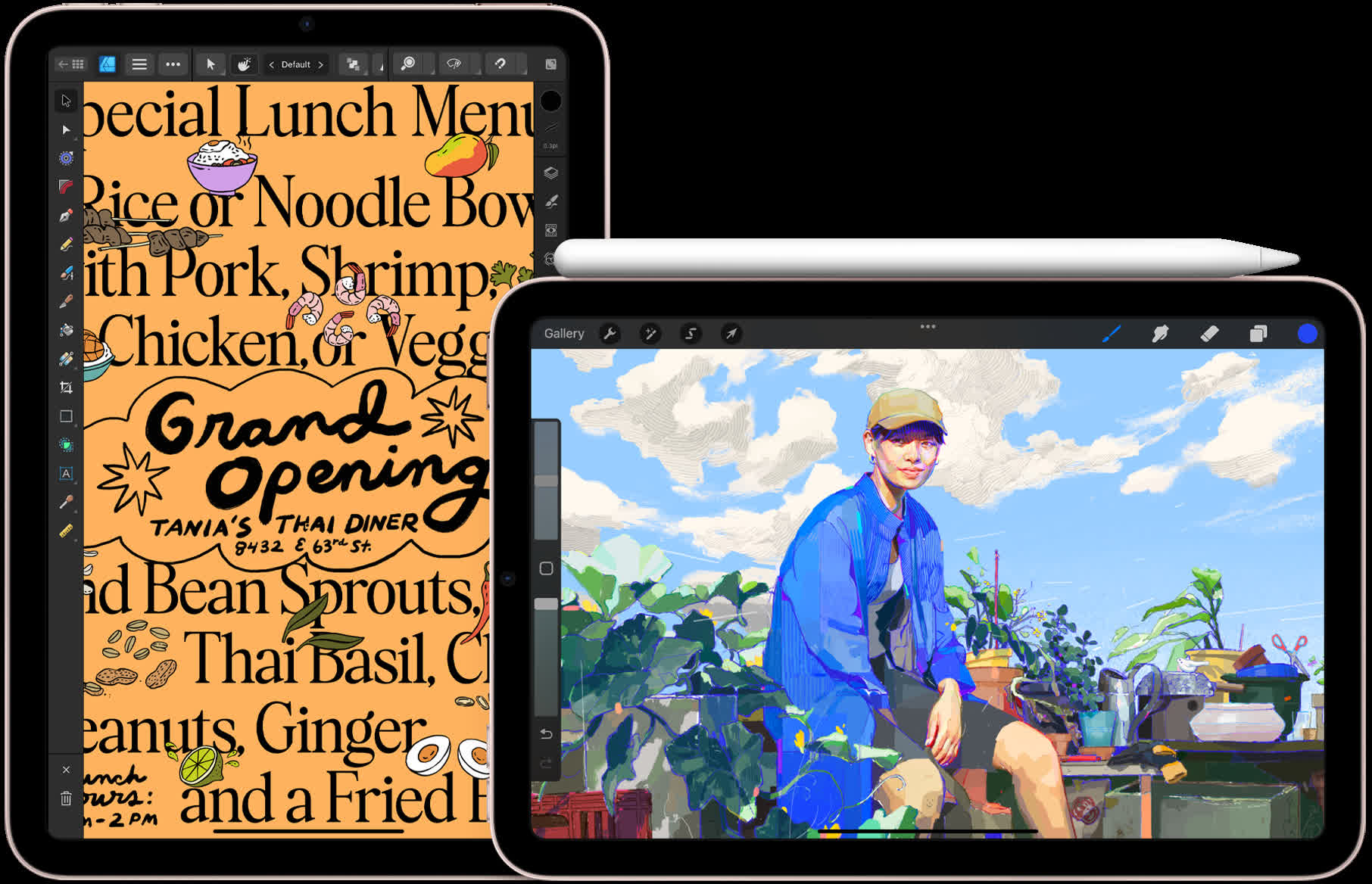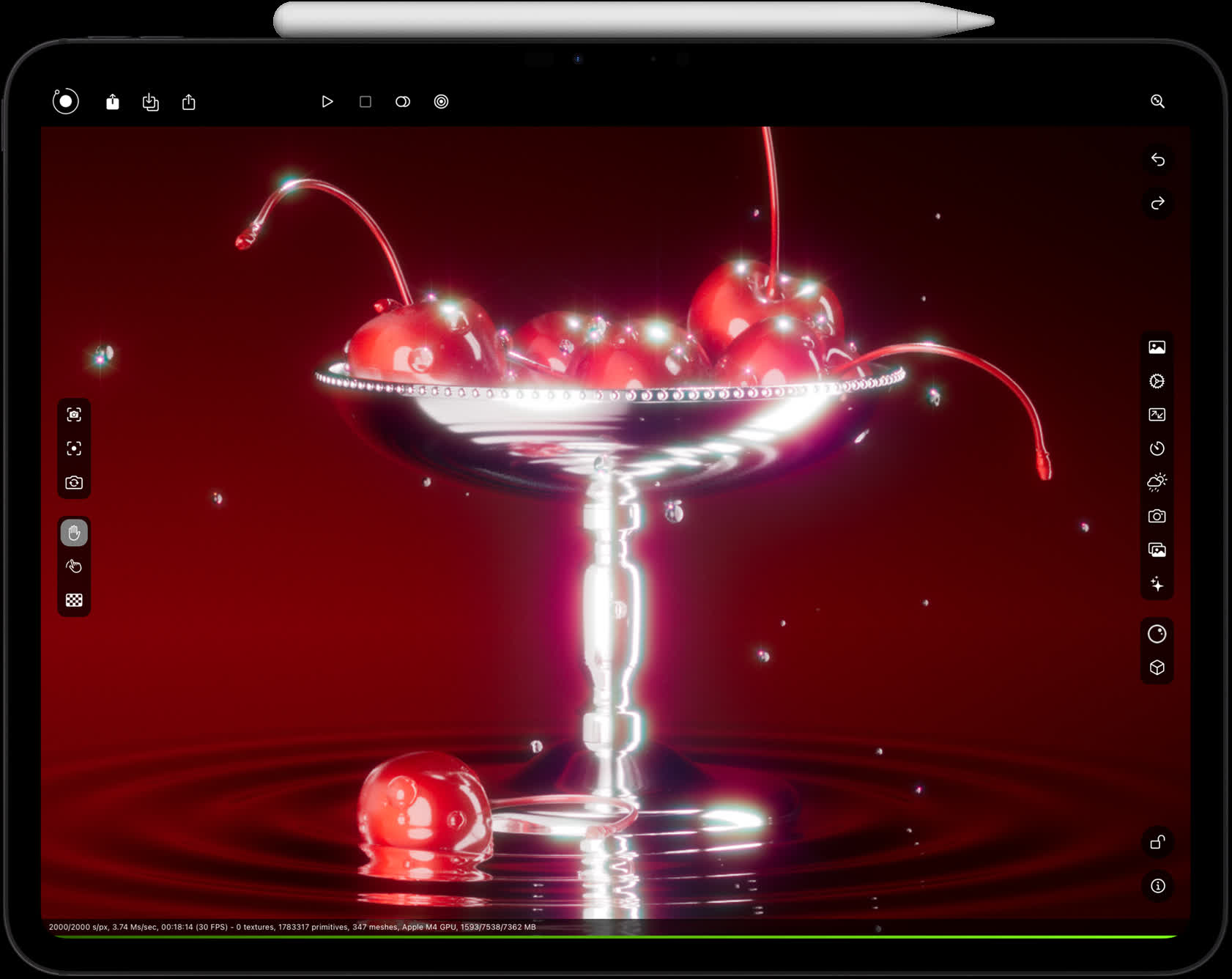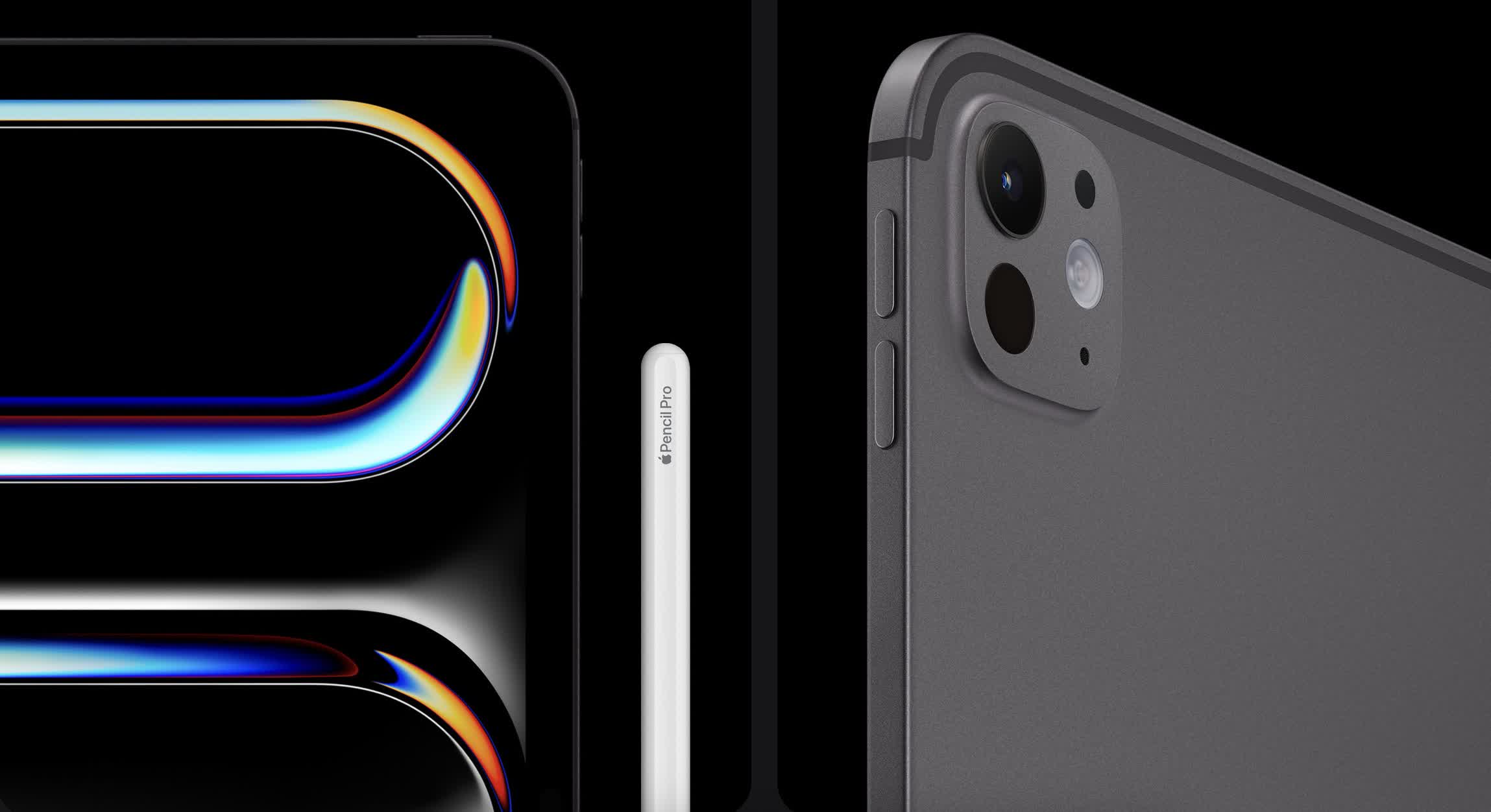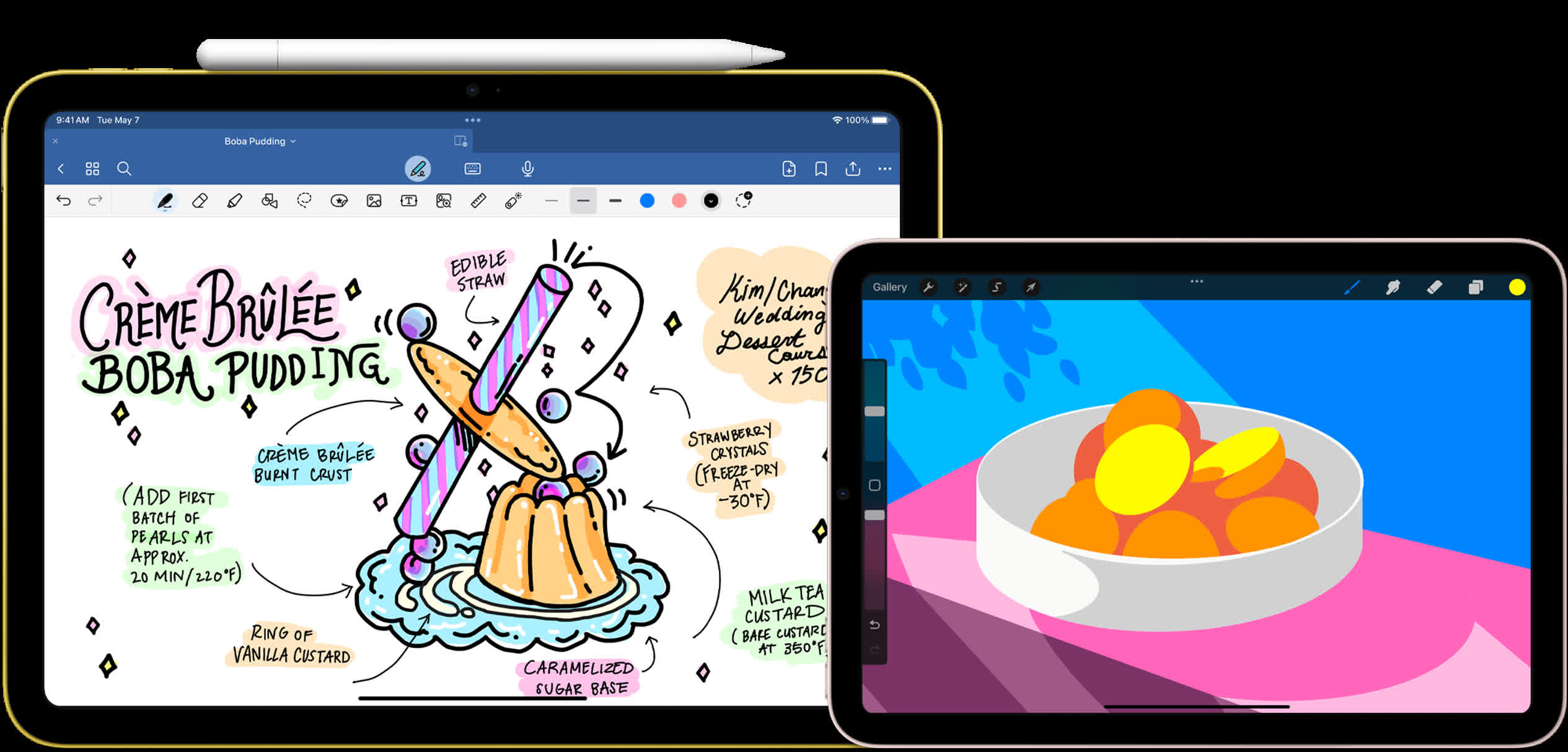Updated: Check out our guide for the latest iPad models
With class-leading hardware and optimized software, the Apple iPad line has long been the default tablet recommendation for most people.
If you are considering buying a new iPad, you may think the choice of a model is simple. The 11" and 13" iPad Air and iPad Pro models differ mostly in size, the iPad Mini is the smallest of all, and the 10th-gen iPad received a nice price cut to effectively replace the older 9th-gen iPad. However, due to different upgrade and accessory options for each, things are more complex than just that.
Before we go through each model, let's cover the basics. The summary table below can give you a general snapshot of how current generation iPads vary in terms of price, display, processing power, accessory support and storage options...
| Model | iPad | iPad Mini | iPad Air | iPad Pro |
| Starting Price | $334 | $469 | $570 | $950 |
| Display Size | 10.9" | 8.3" | 10.9" or 12.9" | 11" or 13" |
| Display Technology | 60Hz LCD | 60Hz LCD | 60Hz LCD | 120Hz OLED |
| Processor | A14 | A15 | M2 | M4 |
| Min / Max Storage | 64GB / 256GB | 64GB / 256GB | 128GB / 1TB | 256GB / 2TB |
| Keyboard | Magic Keyboard Folio | n/a | Magic Keyboard | Magic Keyboard for iPad Pro |
| Pencil | 1st-gen & USB-C | 2nd-gen & USB-C | Pencil Pro & USB-C | Pencil Pro & USB-C |
Let's now go model by model, and explain the features behind these names and numbers.
Is the basic iPad enough for you?
If you just want a great tablet for watching video and browsing the web, then you won't miss anything going with the basic and most affordable iPad. The base iPad's display has the same resolution (2360 x 1640) and max brightness (500 nits) of the 11" iPad Air. The ultra-wide 12MP front camera is the same as in the other models, too.
If you want a tablet that doubles as a basic laptop, the iPad also has an advantage over the Air: support for the Magic Keyboard Folio, which offers function keys as well as a trackpad. Relying on a kickstand means the keyboard requires more desk space, but also that you can detach the keyboard itself.
But despite the solid feature set and price, the basic iPad is not the best choice for everyone. The display doesn't have an anti-reflective coating, so it's not ideal for use in direct sunlight. If you use your iPad for drawing, you will appreciate the fully laminated display and wider color gamut in the other models. Most notably, the A14 SoC and 4GB of RAM pale in comparison to the Apple M2 and 8GB offered by the iPad Air.
Despite offering a USB-C connector, the base iPad supports the 1st-gen Pencil, which means you'll need to buy a $9 adapter if you've bought the Pencil before the adapter came included in the box. It also works with the cheaper USB-C Pencil, which forgoes pressure sensitivity but attaches magnetically to the iPad's bezel.
The iPad starts at $349 with the 64GB Wi-Fi model. If that amount storage isn't enough for you, for $150 more you can bump that to 256GB of storage, but that's just $100 cheaper than the 128GB iPad Air. Color options include silver as well as blue, pink and yellow, which can make the device stand out without needing a case.
The iPad Mini: is smaller better?
The iPad Mini is one of the largest tablets that most adults can comfortably hold in one hand at 7.7" x 5.3" (19.5 x 13.4 cm). If you are planning to use your iPad while standing up, then it may be the most sensible choice for you.
This tablet has not been updated since late 2021 though. The Mini is the only iPad that still has the front camera on the short edge, which is actually better for one-hand use.
The iPad Mini sports the A15 Bionic chip and 4GB of RAM, which don't match up to the most expensive models, but you'll struggle to find anything faster in such a small package and at this price.
With a 2266 x 1488 resolution, the 8.3" display has the highest pixel density of all iPads. It only supports Bluetooth keyboards, but it does support the 2nd-gen Pencil with wireless pairing, charging, and double-tap to switch tools.
Possibly marketed toward female users with smaller hands, the Mini comes in light pink and purple in addition to "starlight" and "space grey." The Mini starts at $499 ($400 with coupon, as of writing) 64GB of storage and Wi-Fi. For $150 extra, you'll get of 256GB storage.
When is the iPad Air the best value?
Powered by the Apple M2 processor and 8GB of RAM, the iPad Air is a great choice for gaming, multi-tasking, 3D modeling, and even video editing, except for HDR content.
The Air is compatible with the desk space-efficient Magic Keyboard, as well as the new Pencil Pro, which adds features like rotation, squeeze, haptic feedback and Find My compatibility. Even with the USB-C version, the Air supports the mouse-like Pencil hover feature.
The 11" iPad Air starts at $600 with 128GB of storage, and for $200 more you can upgrade to 13" model. The bigger version features higher maximum brightness (600 nits) and improved bass capability, as well as a 4:3 aspect ratio, which means less down-scrolling while holding the iPad horizontally.
On the iPad Pro, a similar upgrade would cost you $300. Color options include starlight, space grey, and delicate shades of blue and purple.
For $100, you can increase storage to 256GB. Like the iPad Pro, going from 256GB to 512GB will cost you $200. However, the upgrade from 512GB to 1TB will be another $200, compared to $400 on the iPad Pro. If you need an iPad with a 13" display and especially with 1TB of internal storage, you can save a lot of money with the Air.
Do you need the iPad Pro?
The iPad Pro is the choice for several types of professionals. If you are a graphic artist, drawing on a 120Hz display will offer a superior experience. If you are an indoor designer who wants to show your clients what their kitchen or office would look like, LiDAR is a must-have.
If you are a video editor who works on the go, the Pro might be the device of your dreams. With one OLED panel on top of another, it provides 1600 nits of peak brightness (1000 for the whole screen), while still being able to display true black at the pixel level. It's also a great backup camera, with ProRes recording (the 256GB versions can only shoot ProRes at 1080p, though), audio zoom and stereo recording.
The Apple M4 chip is superior to the M2 powering the Air, and its USB-C connector supports USB4/Thunderbolt speeds. Only the 1TB and 2TB versions feature a fully enabled M4, with four performance cores and six efficiency cores, and 16GB of RAM, which is useful for quick multi-tasking.
The other versions get a processor with one of the performance cores disabled and 8GB of RAM. However, thanks to being able to run its fewer cores at higher speeds using the same amount of power, performance is still much closer to the fully enabled M4 than the M2.
The iPad Pro is compatible with the Pencil Pro, and the Magic Keyboard for iPad Pro, with function keys and haptic feedback on the trackpad. You also get four speakers, and a TrueDepth front camera with Animoji and Memoji support.
The 11" iPad Pro Wi-Fi model starts at $999 with 256GB of storage. The larger 13" iPad Pro is an extra $300 (that's a cool and hefty $1,299). Increasing storage to 512GB will be $200. Going from that to 1TB will be $400, just like upgrading from 1TB to 2TB.
The most interesting upgrade is the anti-reflective nano texture display for $100, but it's exclusive to 1TB and 2TB models. The iPad Pro only comes in black and silver.
Should you get a Wi-Fi + Cellular iPad?
Adding sub-6GHz 5G to your basic iPad, iPad Mini or iPad Air will make it $150 more expensive. Adding the exact same capability to your iPad Pro will make it $200 more expensive. Sure, you can turn your smartphone into a hotspot, but doing so will drain the battery of both devices.
The more expensive your iPad is, the more painful it'll be to replace it for the lack of cellular connectivity. If you are going to buy a Pro model with 1TB or more storage, those $200 shouldn't be a problem for you.
